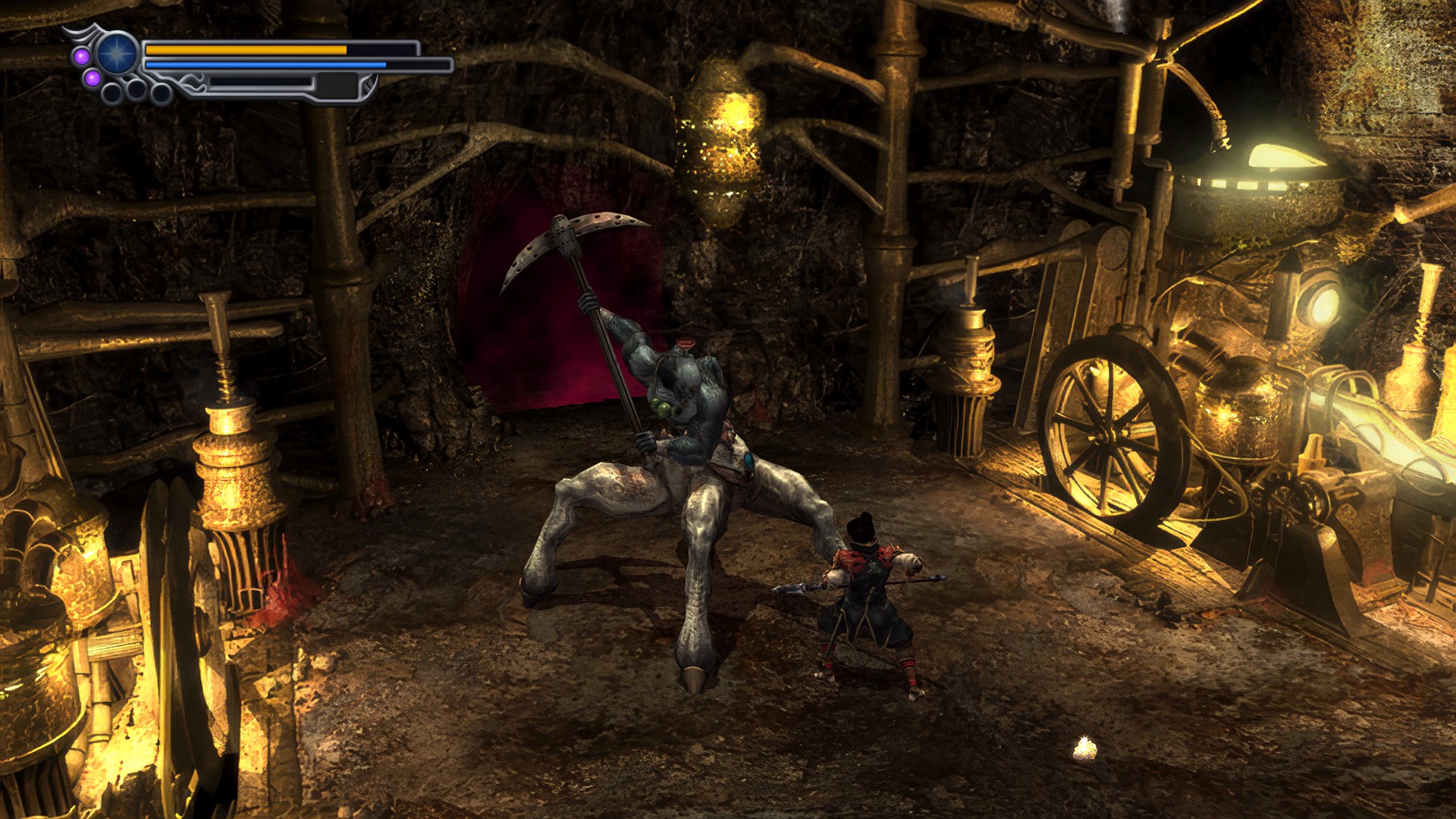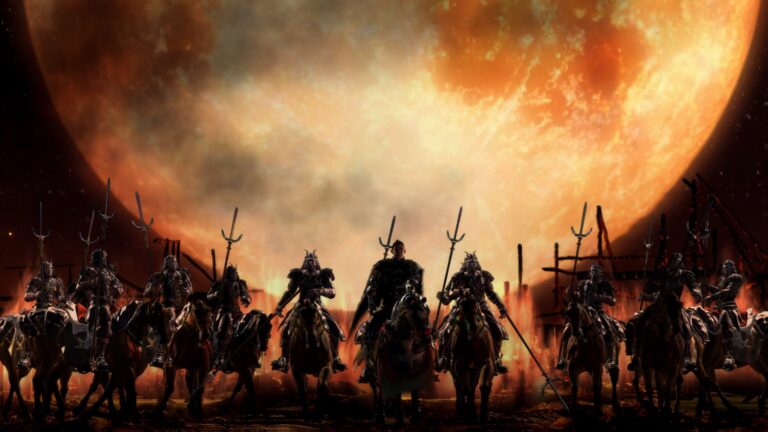As a longtime Capcom fan, 2026 is shaping up to be an exciting year. Not only is Resident Evil 9 on the horizon, but the Japanese publisher is also reviving two of its most underrated IPs—one of them being the beloved Onimusha series. A shining gem of the PlayStation 2 era, Onimusha saw strong critical and commercial success across four mainline entries, only to vanish for over a decade. Its quiet return began with the remaster of the first game (Warlords) in 2019, and now, Capcom follows up with a polished remaster of the franchise’s second installment: Onimusha 2: Samurai’s Destiny.
A Classic Revived With Care
Onimusha 2 Remastered is a faithful upgrade of the original 2002 action-adventure title. Capcom has left most of the core elements untouched, opting instead for a series of modern improvements that help today’s players experience the game more comfortably. Before diving into what makes this remaster worth your time, let’s revisit the foundation of the Onimusha franchise.
Spawned from the DNA of classic Resident Evil, Onimusha shares many elements with Capcom’s survival horror giant: fixed camera angles, pre-rendered environments (in the originals), and eerie enemy designs. But rather than horror and item management, Onimusha leans heavily into action-adventure, trading zombies for demons and guns for katanas. It tells a fantasy-infused tale set during Japan’s Sengoku period, where demonic forces under the command of the warlord Oda Nobunaga threaten the world—and it’s up to a warrior with supernatural powers to stop them.
Story: Vengeance, Honor, and Supernatural Powers
Set shortly after the events of the first game, Onimusha 2 introduces a new protagonist: Jubei Yagyu, a samurai whose village is destroyed by Nobunaga’s army. Driven by revenge, Jubei embarks on a quest to destroy the demon warlord. Along the way, he encounters several allies—each with their own motivations—who can accompany and assist him on his journey.
The gameplay builds on the original’s mechanics: Jubei starts with a simple katana but eventually gains access to magical swords, spears, hammers, and ranged weapons like bows and flintlocks. As a chosen warrior, Jubei can absorb demon souls from fallen enemies, which serve multiple purposes: leveling up weapons, upgrading armor, and filling a special gauge that unlocks Onimusha Mode—a powerful, time-limited transformation that boosts his damage and appearance.
Gameplay: Action, Exploration, and Strategy

While clearly rooted in its era, the combat and exploration in Onimusha 2 hold up surprisingly well. Battles feel weighty and satisfying, with just enough variety in weapons and enemy types to remain engaging over the game’s 10–12 hour runtime.
What sets Samurai’s Destiny apart from its predecessor is the multi-path narrative and relationship system. Early in the game, Jubei meets four unique characters, each of whom shares his hatred for Nobunaga. Through conversations and gift-giving, players can build bonds with these characters, which unlock:
- New cutscenes
- Different combat support during battles
- Exclusive rewards depending on the depth of the relationship
For example:
- Ekei loves food and drink
- Magoichi is obsessed with books and reading
- Oyu, the game’s main female character, prefers gifts that suit her personality
These relationships shape the progression path and even influence story outcomes, adding replay value. While this system is most prominent in the first half, the second half becomes more linear—closer in style to the original game.
Modern Enhancements: A Thoughtful Remaster
After more than two decades, it’s a pleasant surprise how well the core gameplay loop holds up. But Capcom didn’t stop at a visual touch-up; the remaster includes crucial quality-of-life upgrades:
Visual Improvements:
- Higher-resolution textures and character models
- Enhanced lighting and effects
- Clean, upscaled visuals for modern displays
Control Overhaul:
- The original used Tank Controls, where the character only moved forward and backward, turning with the D-pad
- The remaster supports analog movement, allowing full directional freedom—a massive improvement
UI & Gameplay Tweaks:
- All bonus content and mini-games are unlocked from the start
- Weapon switching no longer requires opening the menu—just press a button
- Auto-save has been added alongside manual saves
- A new Hell Mode has been introduced, where players die in one hit—an extreme challenge meant for veterans
Legacy and Verdict
Onimusha, once part of Capcom’s PS2 golden triangle alongside Devil May Cry and Resident Evil, never received the sustained attention of its peers. Despite strong early entries, it became a forgotten gem, overshadowed by Capcom’s bigger IPs.
But with a new entry in development and the remasters now accessible, Capcom is giving Onimusha the respect it deserves. Samurai’s Destiny may not be for everyone—especially those too used to the open-world freedom or mechanics of today’s AAA games—but for those willing to engage with its classic structure, a thrilling, nostalgic, and surprisingly fresh experience awaits.
